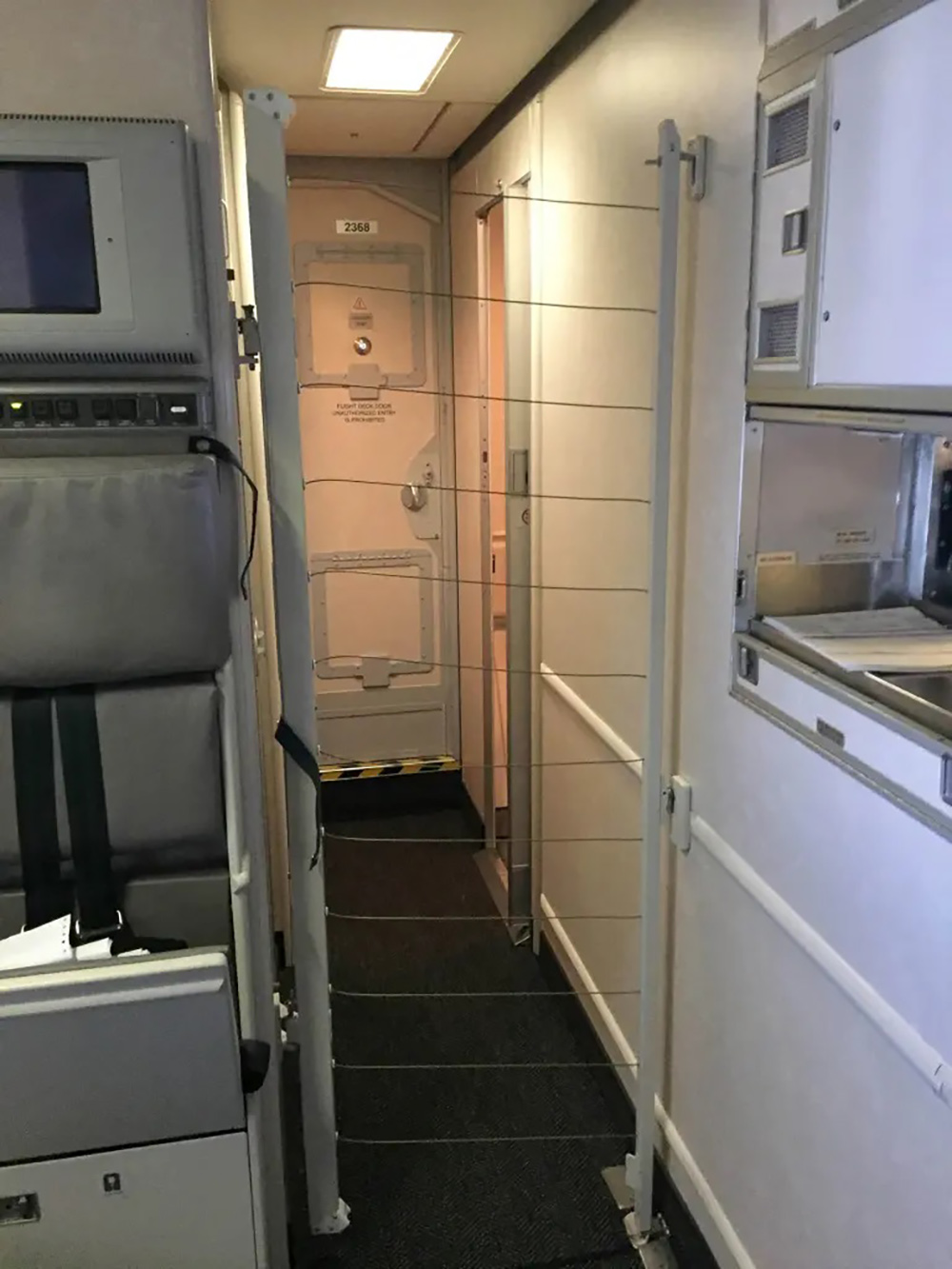By: Ilana Siyance
On the 21st anniversary of the 9/11 terror attack, there is still one 9/11 Commission Report recommendation that hasn’t been carried out.
Commercial airplanes are still not mandated to have secondary barriers protecting the cockpits. As reported by the NY Post, experts agree that secondary barriers would help keep terrorists, hijackers and other attackers out of cockpits. “The threat and vulnerability remains that we can repeat a September 11th today,” said Ellen Saracini, widow of Capt. Victor Saracini, a 51-year old pilot of doomed United Flight 175 and father of two.
On September 11, 2001, 19 terrorist militants, associated with the Islamic extremist group Al Qaeda, had disguised as passengers on planes, entered the cockpits, and took control of four planes turning them into weapons of mass destruction with devastating consequences. The terrorists were only armed with knives, their leader “did not believe they would need any other weapons. He was confident the cockpit doors would be opened and did not consider breaking them down,” the 9/11commission report said.
The law does mandate cockpit doors to remain closed and locked for the duration of the flight. Also, after 9/11, congress required airlines to fortify cockpit doors, making them basically impenetrable. However, pilots normally need to come out to use the restroom, allow flight attendants to bring them food, or switch crews so they can rest—so the doors are opened. “The flight deck is vulnerable” at this time, the Federal Aviation Commission warned in a 2015 advisory. So as a solution, the flight attendants are supposed to block the cockpit door with a food or beverage cart and stand by until the door is secured again. “It’s an absurd practice to have flight attendants use their own bodies as the barrier between the cockpit and the cabin,” Sara Nelson, international president of the Association of Flight Attendants, testified to Congress last December. FAA tests have confirmed that an open cockpit door can be stormed in about three seconds, even with the cart blocking the way.
The Air Line Pilots Association has been pushing for a law mandating “secondary barriers” to be installed on planes. These are lightweight wire mesh gates put up a few feet outside the cockpit which lock in place before the cockpit door opens and lift after the door is closed again. The wire barriers cost roughly $5,000 each. There are about 5,800 jetliners operating in the United States. As per the Pilots Union, just a few hundred planes had been equipped with this mesh secondary barrier, being put up voluntarily by two airlines- United and Northwest (which later merged with Delta in 2008).
As per the Post, in 2018, Congress finally approved a bill mandating secondary barriers–but only for newly built planes. The FAA was supposed to adopt the requirement for existing aircraft the following year, but that never happened until this July 27th. Still, it will take months to finalize the law, and even then, it won’t take effect till 2025—two years from now.
“The airlines don’t want it, and the FAA doesn’t push for it,” griped Saracini. “They thwart the will of Congress. They don’t care. There’s no regulatory agency that is making the FAA do this.” The FAA declined to comment, but officials said they must follow the “Administrative Procedures Act,” which is a slow process that federal agencies must follow in order to issue new regulations.





